by Eric Hammel
The Japanese Imperial Navy was an elite and elitist organization. As prone at the administrative levels as any large bureaucracy to becoming bogged down in paperwork, careerism, politics, and minutia, the Imperial Navy nevertheless enjoyed a unique dynamic. It was driven by a sense of purpose and duty that Western naval officers could only begin to sense, much less comprehend. To be sure, Western observers saw the tangible results of the Japanese dynamism, but they did not understand its roots.
Japanese society was suffused with its devotion to the Emperor and the nation’s divine mission. The blood, the sinew, the heartbeat of Japan served only one purpose, and that was paying the Emperor back for his largesse. When the men who stood behind the throne and guided it decreed a militarist policy in the Emperor’s name, when they identified the arch-enemy, when they articulated the goals, and when they revealed the timetable, the creative juices of the entire nation flowed in just one direction.
[text_ad]
Radar By Sight Alone
In a very few years, Japanese naval architects designed new high-pressure steam power plants to move larger ships faster on less precious fuel. Naval armorers devised better guns for their ships, and naval ordnancemen devised better ammunition and propellants. What the Japanese lacked in technical or industrial ability, they made up for in other ways.
Japan had not a prayer of developing search or gunnery radars for her ships, so she found those sons with the keenest eyesight and night vision, and trained them to be lookouts and spotters aboard her warships and in her observation scout planes. They developed the finest optical devices in the world, including the world’s finest marine night optical equipment.
The World’s Best Torpedo
In one extremely important area, Japan’s torpedo experts improved upon the world’s best 21-inch-diameter naval torpedo by developing the world’s best torpedo, period—a 24-incher dubbed the Long Lance, which could go faster and was effective out to ranges more than five times greater than the quirky American naval torpedo. And they installed more torpedo tubes on more classes of warships than their American counterparts. (Most U.S. Navy cruisers had no torpedo tubes because they had been forbidden by the 1922 and 1930 naval treaties.)
Unlike the U.S. Navy, the Japanese equipped their torpedo-carrying warships with extra torpedoes for reloads. Yet more important, the Japanese trained with their torpedoes. They learned their shortcomings and improved on them over time. And they developed suitable, realistic torpedo tactics based on live-fire trials at sea. Conversely, the U.S. Navy fired few of its torpedoes in practice, and the loss of an expensive torpedo invariably led to a major investigation, a threat that itself effectively quelled prewar experimentation.
The “Stands Off” Philosophy
Likewise, for many years the Imperial Navy had sent all her ships to sea to practice group tactics in ever-changing combinations. The aim of these exercises was to test the ships and weapons to the utmost, to find faults that could be corrected. The Imperial Navy gave her officers and sailors valuable ship-handling and command experience.
Because it was relatively poor and lacked many of the modern technological systems supporting the navies of its adversaries, the Imperial Japanese Navy developed tactics based upon what modern naval tacticians and strategists now call a “stands off” philosophy. Simply stated, the Japanese sought to engage enemy surface units at night by means that would not reveal the position of their own ships.
Searchlights As Offensive Tool
The night-vision training and aids and the development of faster, longer ranged torpedoes supported the philosophy, as did the development of brighter and longer lasting starshells and relatively flashless gunpowder. All were designed to allow the Japanese to see the enemy before they were seen, and to engage him earlier and from greater distances than he could engage the Japanese.
While the Japanese were prone to operate in rigid columns of warships—a singularly uninspiring formation—they did practice the use of launching successive or continuous attacks by mutually supporting formations. Above all, Japanese captains and unit commanders were taught to withhold gunfire until after their ready torpedoes had been fired and until the enemy was absolutely certain to be overwhelmingly struck by numerous initial hits.
More than their adversaries, the Japanese trained to boldly use arrays of powerful searchlights, not only to locate and fix targets, but to blind and startle their adversaries.
Ruling With an Iron Hand
Withal, innovations beyond these relatively simple expedients were slow in arising. The Japanese naval institutional hierarchy was extremely rigid. While subordinates were urged to speak out in practice—Japan’s leading torpedo tactician, Tameichi Hara, made his greatest contributions as an aggressive young lieutenant—the men at the top ruled with an iron hand.
Perquisites were distributed or withheld on the basis of family or school ties, an ultimately ruinous system that could in no way be abolished in that semifeudal society. This was not an environment conducive to change or bringing out the best in individuals. But for all its quirks and negative traits, in the last analysis the Imperial Navy was bred as a fighting navy. And indeed it was.
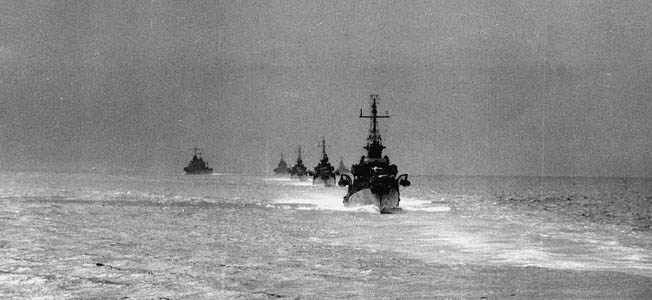
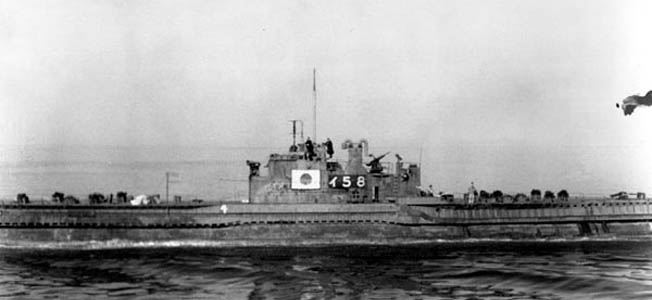
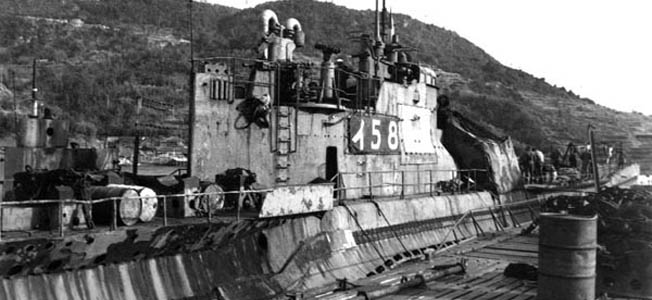
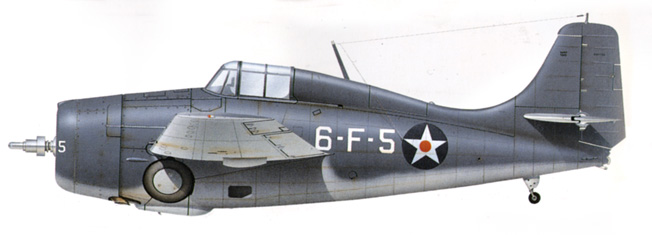
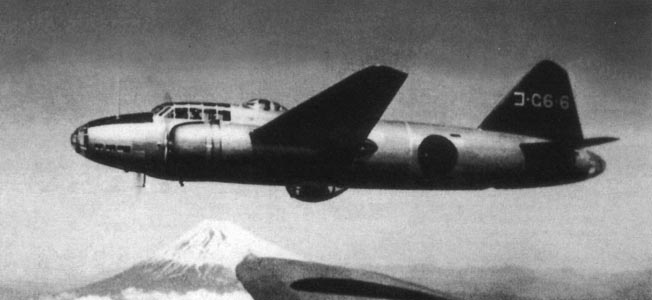
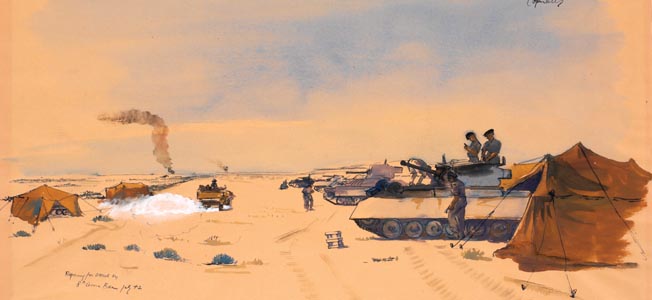

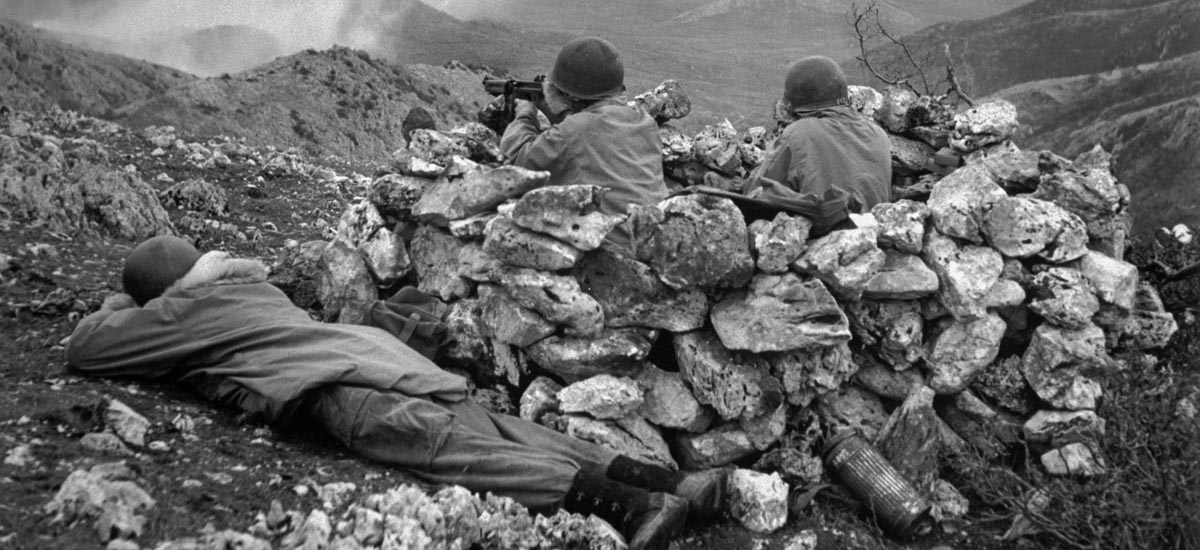
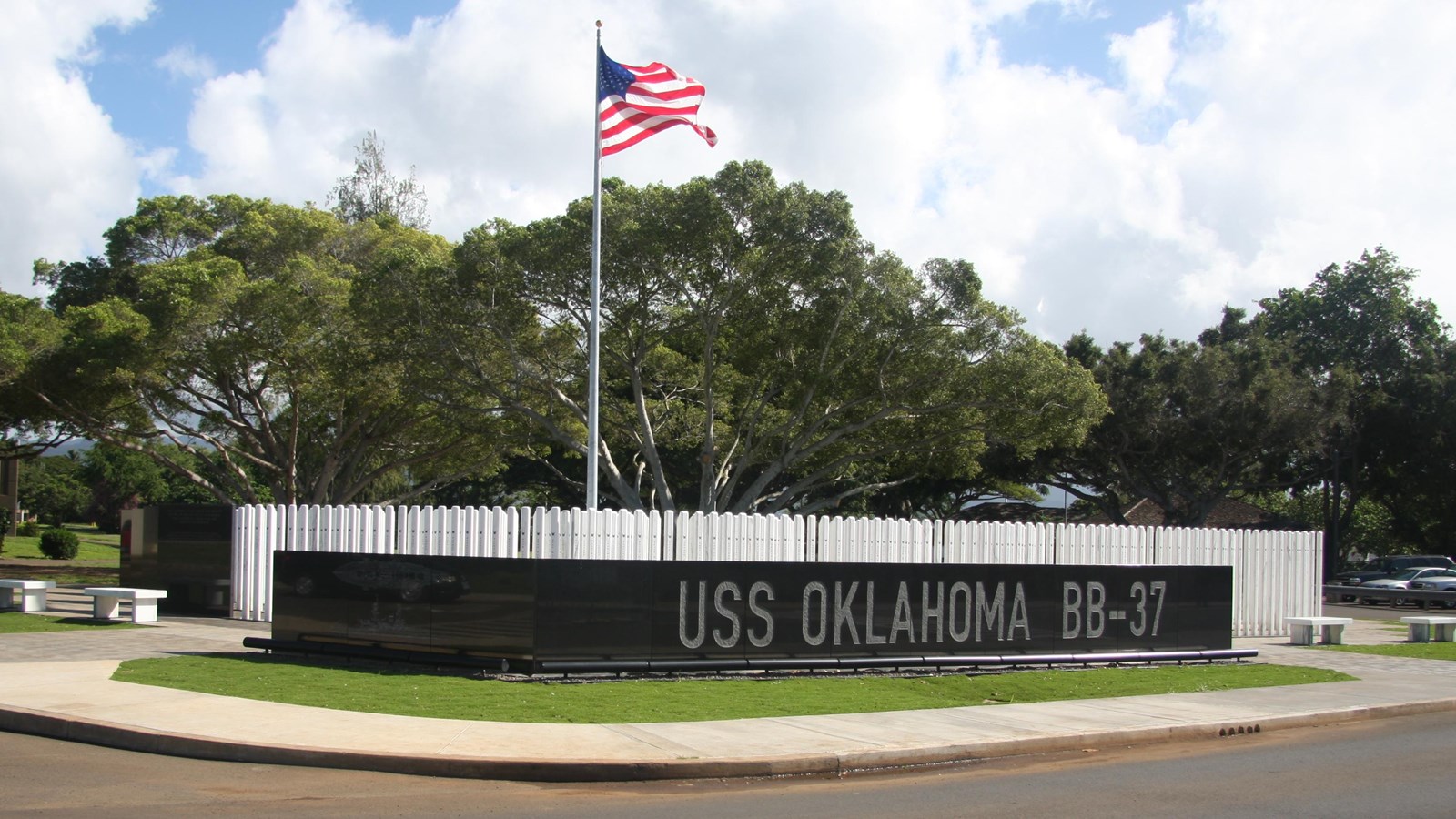
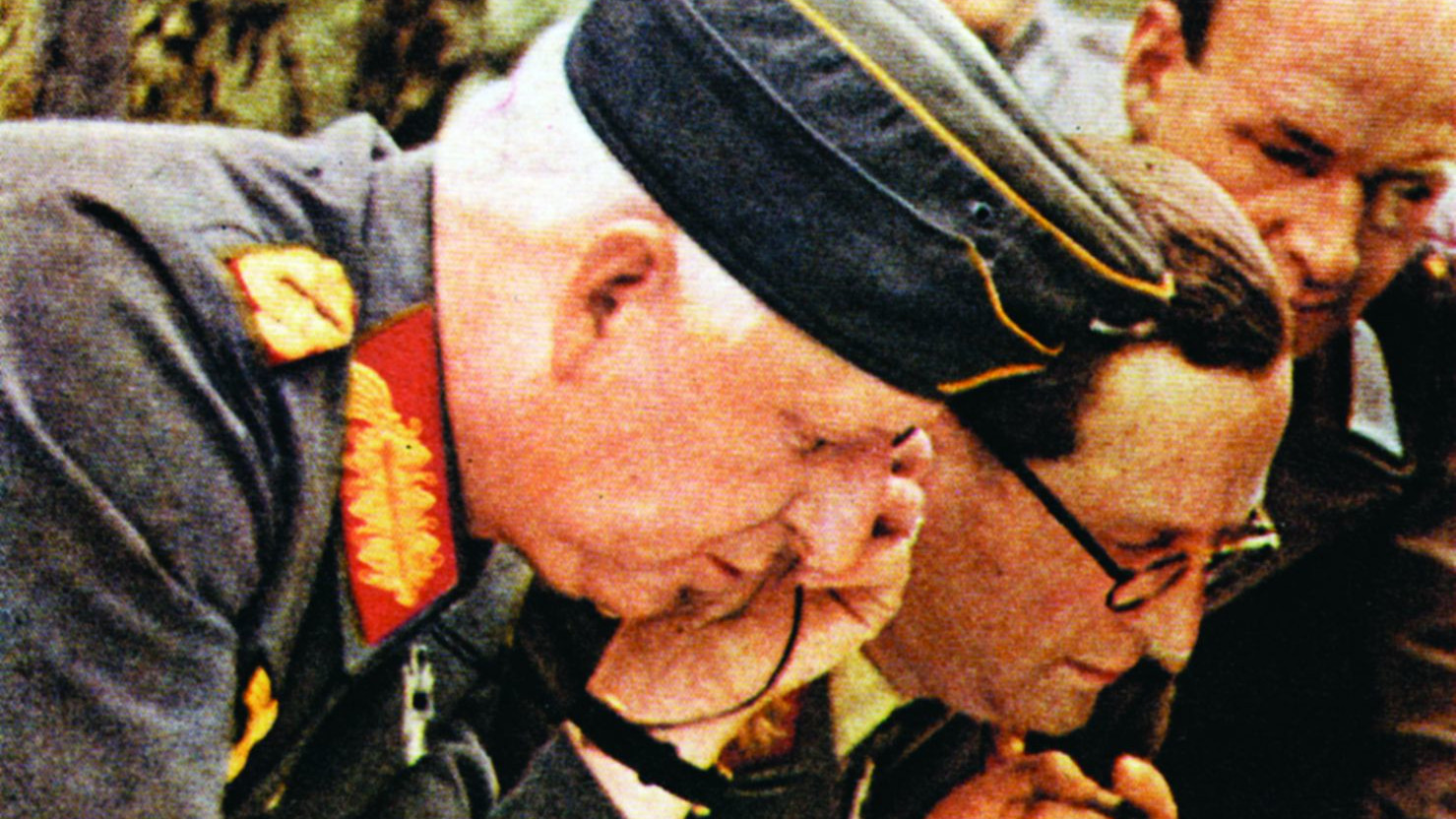
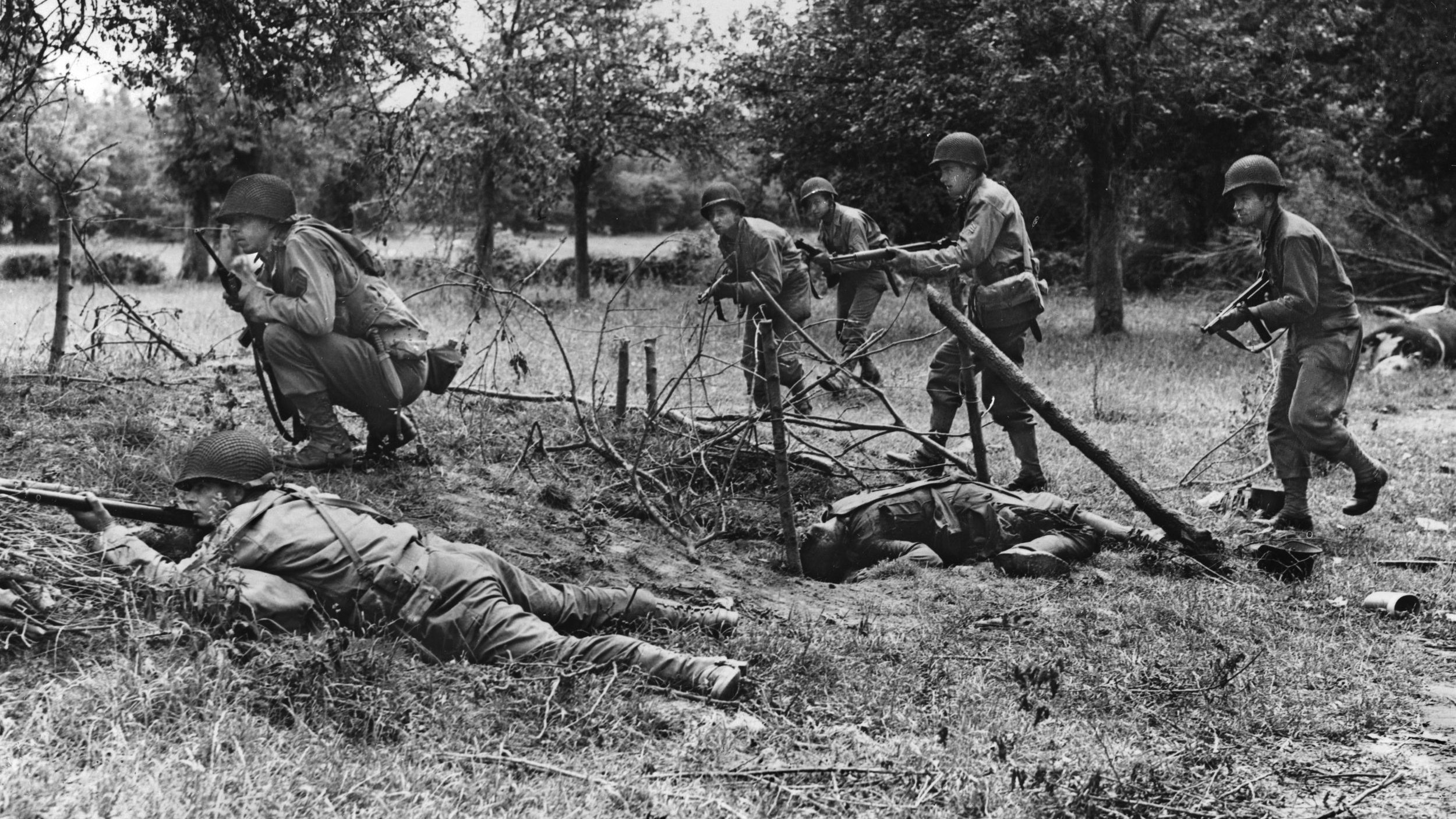
I can attest to this analysis. My father as CO of the Navy Store ship USS Antares on June 28, 1945 on the way from Saipan to Pearl Harbor. He was attacked by elements of the Todoroku naval submarine squadron which consisted of 2 Japanese submarine with smaller midget subs and kaitens. The battle lasted 45 minutes and one Japanese Kaiten was sunk. Multiple Japanese torpedos were fired at the Antares. No one killed on my father’s ship; a remarkable escape. The USS Sproston, a destroyer came to help the Antares. The sophisticated attack failed and one of the attackers was sunk the next day by naval air. The I-36, captained by a famous Japanese sub captain was able to get away from the USS Sproston and returned to Japan. My father received the Navy Commendation medal for this action. The Japanese Navy was extremely able and well trained as this article o points out so it was a naval that my father’s ship survived.
See prior submission re USS ANTARES and action in the Pacific against the Todoroku squadron on 28 June 1945.
Perhaps some comment should be given to why the Japanese torpedo tactics were so devastating. All other navies with the exception of the Japanese Navy maneuvered their forces to cross the enemy T, thus bringing all their guns to bear against only the forward facing guns of the opposing force. The Japanese took advantage of this penchant. Multiple columns of Japanese ships would head toward the single enemy column that was attempting to cross the T. Because of the speed and range of the Japanese torpedoes they would endeavour to launch before firing their guns. This tactic would be effective as the opposing force would not be expecting torpedoes at that range and would therefore not take evasive action, instead they would be concentrating on maximum broadside, requiring all ships to maintain their single file course, at right angles to the incoming torpedoes. The speed and range of the Japanese torpedo made obsolete the Jutland style gun duel. The Americans never really developed a counter to the Japanese tactic, except to avoid traditional gun duels and rely instead on airpower. Later in the war the oxygen powered torpedoes made their own ships very vulnerable to airstrikes. Many Japanese cruisers and destroyers were lost because stored oxygen exploded after an ordinance impact.